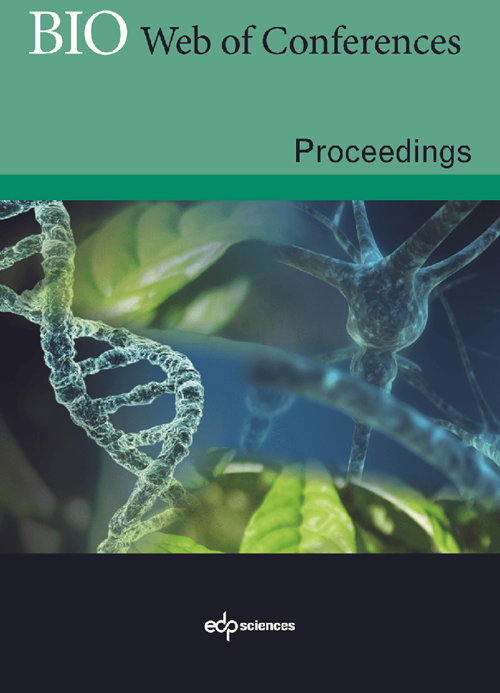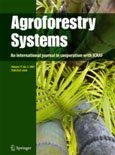In the past, the environment has been a low priority in humanitarian operations for refugee agencies and implementing partners because of the emergency context. However, actions to safeguard the environment can be undertaken concurrently with emergency interventions and organisations should take responsibility for conserving the environment in refugee settlements in the same way that they are responsible for the welfare of refugees. Tree-based interventions, such as agroforestry, have been demonstrated as a viable option for resilience and sustainability in landscapes with increasing human pressure. Refugee settlements are subject to intense human pressure and suffer environmental degradation as a consequence. The potential benefits of agroforestry in refugee settlements though are not well researched. This study explores the implementation of agroforestry schemes in refugee settlements in the Arua district of Uganda. Using semi-structured interviews with the beneficiaries of the International Centre for Research on Agroforestry (ICRAF) agroforestry projects in Imvepi and Rhino camps, the study identifies key benefits for participants and the environment. These include improved livelihoods and nutrition. However, there are challenges to overcome before agroforestry can be made more widely available in refugee camps. Key barriers include insufficient land, limited water availability and lack of local knowledge, which limits productivity. This research shows how relief, rehabilitation and development can work hand in hand to reduce social and environmental pressure in the targeted refugee settlements and host communities and improve the well-being of beneficiary households by creating opportunities for income generation, improving nutrition and contributing to social cohesion.
DOI:
https://doi.org/10.3390/su13042134
Altmetric score:
Dimensions Citation Count:
























